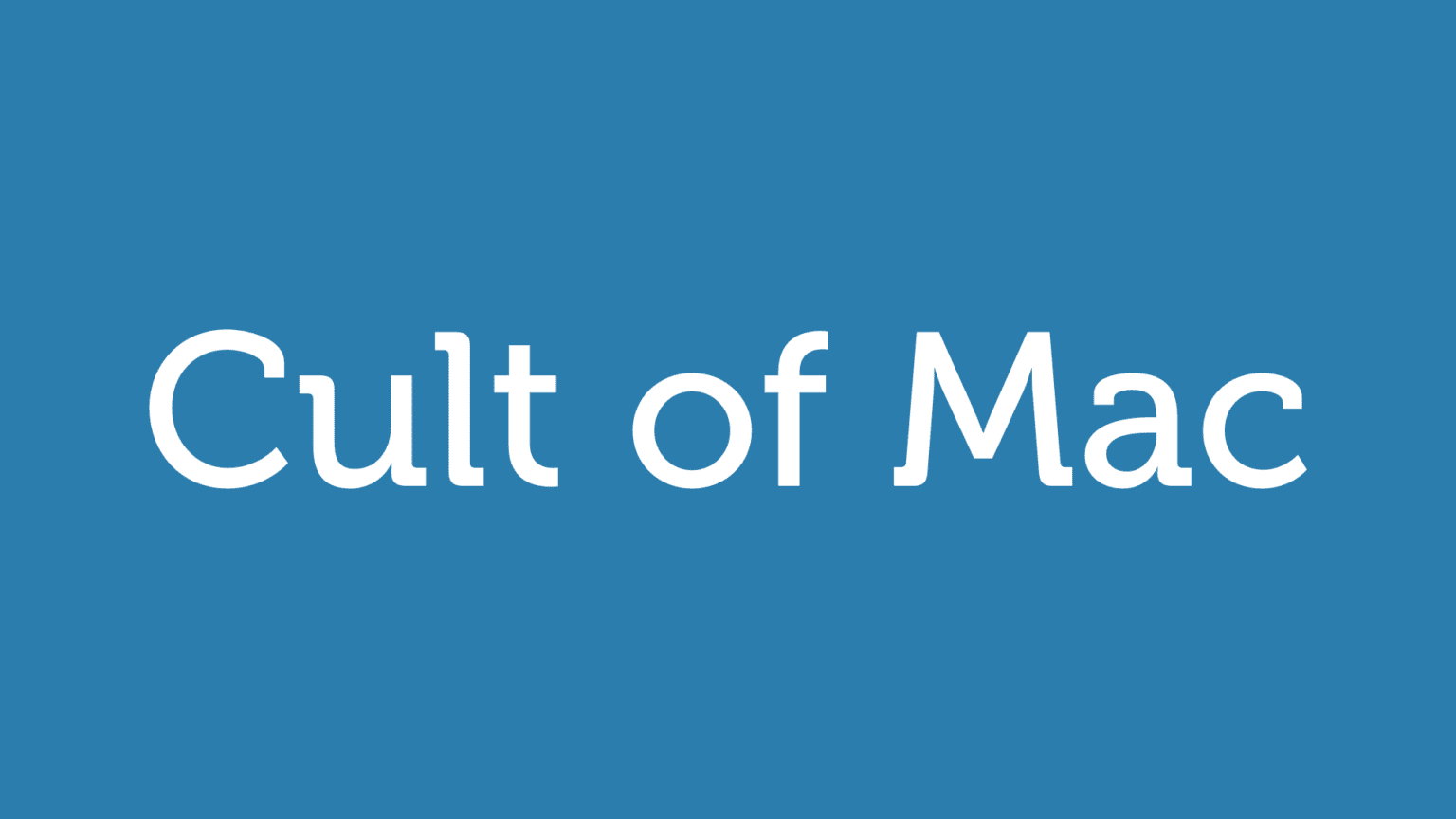A couple days ago we showed you a custom Leica camera designed by none other than Jony Ive. The camera will be auctioned to raise money for Bono’s Product (Red), a campaign Apple has partnered with for years to fight the spreading of H.I.V. in Africa (if you’ve ever bought a red iPod, you’ve helped contribute).
Ive and legendary designer Marc Newson have created their own designs of over 40 products for the auction, including a Steinway grand piano. The two men also designed a desk from scratch that looks like an extension of the iMac.
Ive and Newson recently sat down with Vanity Fair for an extensive interview about designing for the Product (Red) charity auction, and as you can imagine, it’s a great read.
This post contains affiliate links. Cult of Mac may earn a commission when you use our links to buy items.
There’s a section detailing what it’s like to interview Ive. It sounds kind of like a spy novel:
We were meeting in the Royal Suite partly because Ive was staying in a more conventional room down the hall, but just as much, I suspect, because that is how Apple does things: elaborately and curiously. Ive rarely appears in public or gives interviews—even in Apple’s famous product launches, he usually shows up on a video—and his company design studio in Cupertino is harder to get into than the Pentagon. We’ve had conversations about his work over the last several years that have never led to a full-fledged interview because Apple’s P.R. executives have never given him the O.K. to speak to me on the record, or to let me into the studio. With the (Red) auction approaching, however, Apple softened its hard-line stance, at least somewhat. Our first meeting to talk about the (Red) project had been set for the Apple headquarters in Cupertino, where Newson had gone for several days’ work with Ive. But three hours before the meeting was scheduled to start, I received a text message telling me to go instead to San Francisco, some 50 miles to the north, and wait for further instructions in the lobby of the Mandarin Oriental Hotel. After a 45-minute wait, one of Apple’s press-relations people appeared and escorted me to another treaty-signing-worthy suite, this one on the 38th floor.
After a few minutes at the Mandarin, Ive and Newson appeared, and the sense that I was caught in some trivial game of espionage instantly evaporated. Both men are as relaxed as their Apple-chosen settings are formal. In San Francisco, Ive, who is 46, was wearing a T-shirt and white jeans; Newson, 50, was in red sneakers and a pair of casual striped pants that looked like mattress ticking. (At Claridge’s, Ive would wear shorts.) They both love to talk, frequently finish each other’s sentences, and seem to exist in a state of cordial détente with their more formal corporate handlers. There were some sodas and a bottle of Veuve Clicquot on a sideboard.
Ive has always been known as taking a hands-on approach to prototyping and iterating on designs. Just watch any of his Apple promo videos to get a sense of his passion for working with physical materials.
“We are in an unusual time in which objects are designed graphically, on a computer,” Ive said. “Now we have people graduating from college who don’t know how to make something themselves. It’s only then that you understand the characteristics of a material and how you honor that in the shaping. Until you’ve actually pushed metal around and done it yourself, you don’t understand.”
The Leica Digital Rangefinder Ive designed is made of brushed aluminum (or al-oo-minium, as Ive calls it) like a modern Apple product. Since Ive naturally spends most of his time at Apple, designing a Leica was definitely a change of pace. What’s surprisingly is the incredible amount of time, effort, and manpower it took to create one camera.
“I found it a very odd and unusual thing to put this amount of love and energy into one thing, where you are only going to make one,” Ive said. “But isn’t it beautiful?” The camera’s dollar worth is hard to estimate, since it is an art piece as much as a functioning object, but the value of the time Ive, Newson, and Leica’s own engineers put into it probably totals well into six figures, and possibly seven. The process of designing and making the camera took more than nine months, and involved 947 different prototype parts and 561 different models before the design was completed. According to Apple, 55 engineers assisted at some part in the process, spending a collective total of 2,149 hours on the project. Final assembly of the actual camera took one engineer 50 hours, the equivalent of more than six workdays, all of which makes Ive’s comment to me that he thought the Leica might bring $6 million seem not so far-fetched.
Make sure to read the whole piece in Vanity Fair. Ive recently gave interviews to USA Today and Businessweek that are also worth checking out. Cult of Mac Editor-in-Chief Leander Kahney has a new book coming out called, “Jony Ive: The Genius Behind Apple’s Greatest Products.”
Source: Vanity Fair


